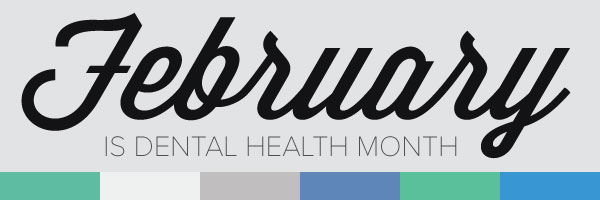| |||||||||
| |||||||||
| |||||||||
| |||||||||
| |||||||||
|
As a practice, we are true believers that preventive care and education are the keys to optimal dental health. We strive to provide “dental health care” vs. “disease care”. Through gentle encouragement and education, we like to empower our patients to make educated decisions about their health. We hope you enjoy our blog and visit our website: http://www.healthysmileswalnutcreek.com
Tuesday, November 18, 2014
Fall Cheers And Flu Blues
Thursday, April 3, 2014
Being Cavity Free
For all our best intentions to brush and floss consistently, it seems that we can’t always avoid the cavity diagnosis. While brushing and flossing daily is good for your teeth and important for battling gum disease there are other things that we can do to prevent cavities from forming.
- Use a mouthwash after brushing help clear out remaining cavity-forming bacteria.
- Avoid snacking between meals, especially on sugary or chewy foods can accelerate the forming of cavities. But chewing vegetable fiber, like celery, after meals can help stimulate saliva, cleansing the fissures and pits where cavities typically form.
- For those with braces, water picks can be used to do replace flossing which is impossible with most braces.
- Chewing sugar free gum between meals, particularly sweetened by natural xylitol, can help prevent cavities by helping neutralize the PH balance in your mouth and suppressing bacteria growth.
- Visit our office regularly to ensure the application of fluoride, which strengthens enamel thereby preventing tooth decay. Also, if you are prone to cavities, it’s a good idea to have ongoing checkups to catch cavities early while they are small before they can become larger problems.
Proper dental care goes beyond just brushing and flossing. Protecting our smiles isn’t always convenient, but it is rewarding.
Have a great day!
Drs. Carpentier & Hume
Wednesday, March 5, 2014
March, 2014 - Dental Vocabulary
 |
|||||||
| Creating beautiful smiles.... | |||||||
| March, 2014 | |||||||
Basic Dental Knowledge Ever hear all those dental words being thrown around and feel out of the loop? Here is a guide to common dental terms that you may need to know. Cuspid: Your teeth that come to a point (right next to your front teeth) are called cuspids. Sometimes they are called canines as well. Teeth that come to two points are called bicuspids. Molar: Your back teeth behind your bicuspids. Crown: The part of your tooth above the gum. (The visible part of your tooth.) Root: The part of your tooth in your gums. Enamel: The hard surface of your teeth that protects the root of your tooth. Gingivae: Another name for your gums. Pulp: the soft inner structure of your tooth housing nerves and blood vessels. Antiseptic: A chemical that can be applied to your mouth to destroy germs. Aspirator: A straw like vacuum the dentist uses to suck all the saliva from your mouth.  Caries: Another name for a cavity. Caries: Another name for a cavity.Fluoride: A chemical that hardens your teeth and prevents tooth decay. Labial and Lingual: Anything having to do with your lips or tongue respectively. Mandible: Your lower jaw Tartar: Bacteria on your teeth than can lead to periodontal disease. Plaque: A sticky film that can form on the surface of your teeth that can turn into tartar. Drs. Michael Carpentier & Grace-Mary Hume |
|||||||
ph: 925-944-5151 - website: http://www.healthysmileswalnutcreek.com |
|||||||
Wednesday, February 19, 2014
February is also National Children's Dental Health Month
|
|||||||||||||||||||||||||||||
Subscribe to:
Posts (Atom)









